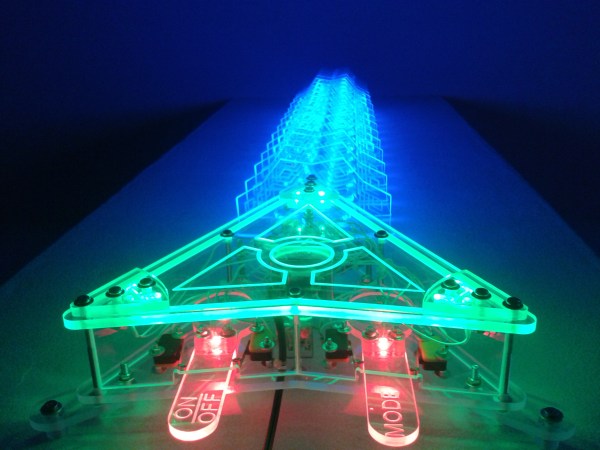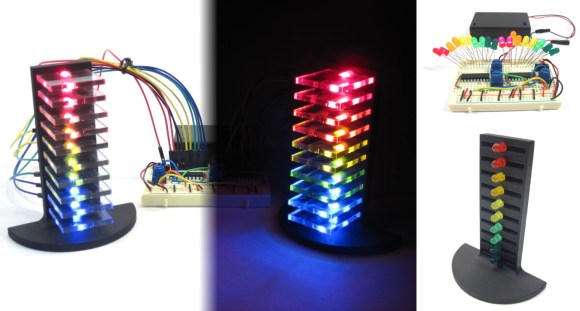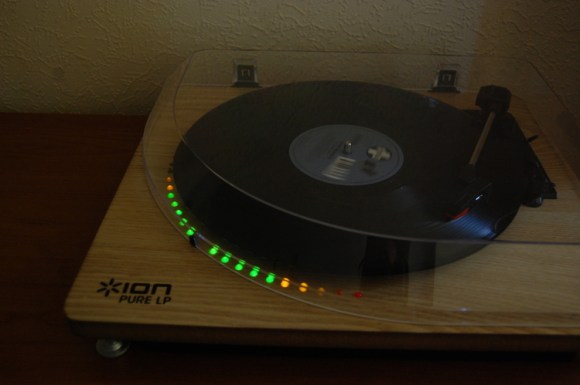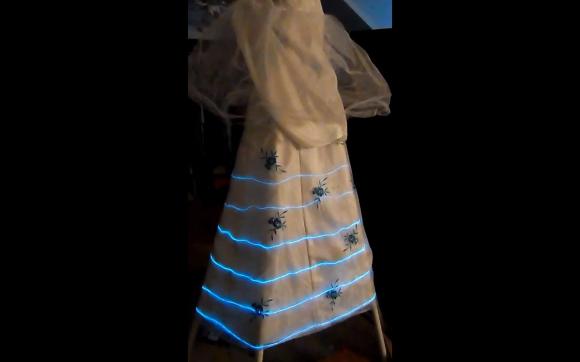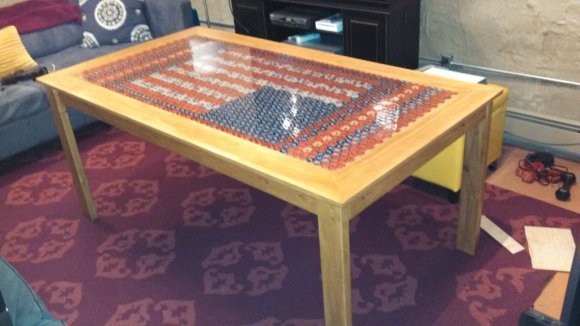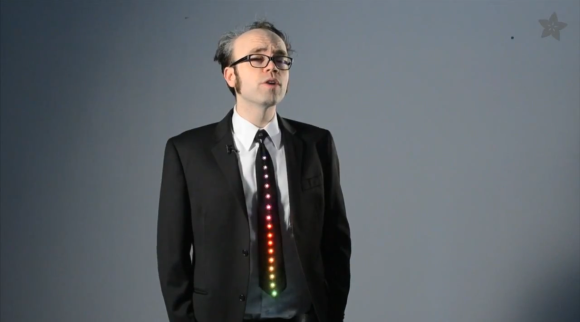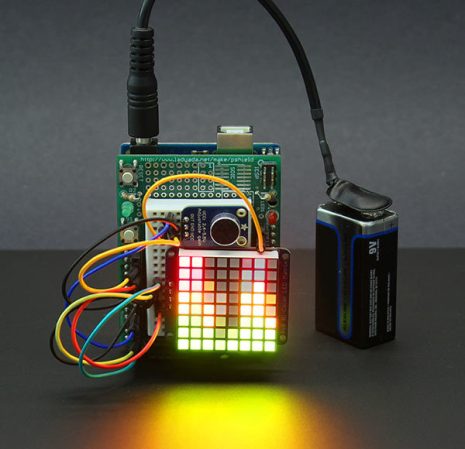Looking for something unique to spice up his music room [Est] decided he wanted to try making a light that responds to the music — kind of like a VU meter, but a little different. He calls it the Light Effect Tower.
The main structure of the tower was cut out of 6mm acrylic using [Est’s] homemade CNC router. He used a V router bit to do the engraving, which when combined with light, produces a high contrast dynamic with the plastic.
He designed the circuit to fit into the triangular base, which uses a PIC micro controller to sample a microphone to produce the lighting effect. The cool thing is, he’s designed it to calculate the max level of noise, to scale the sample accordingly — that way if you’re playing loud music or quiet music, it’ll still work without any adjustments to the microphone gain.
Oh yeah, did we mention this thing is big? It’s actually 1.5 meters tall! Check out the different modes he programmed in — it’s pretty bumping.

